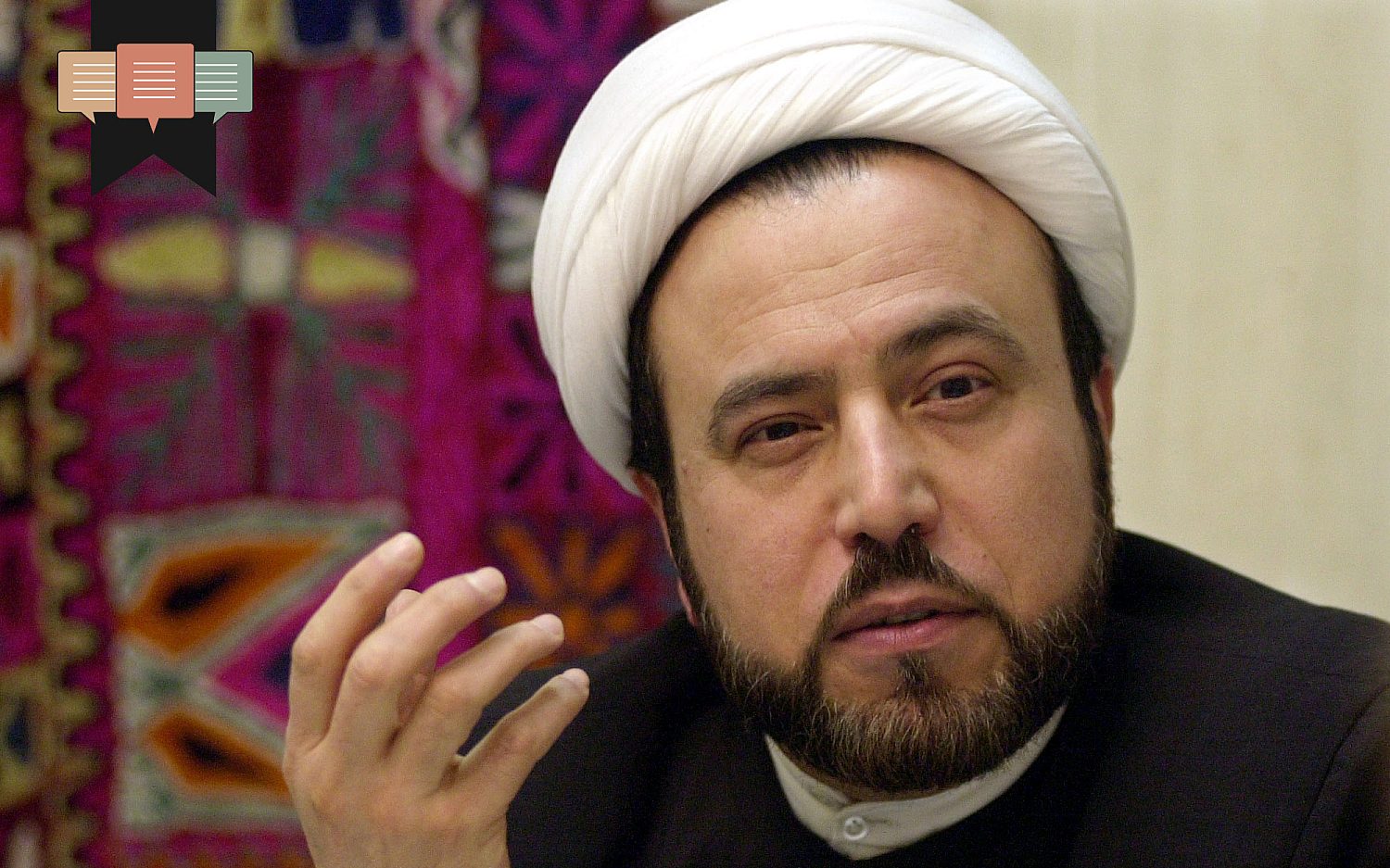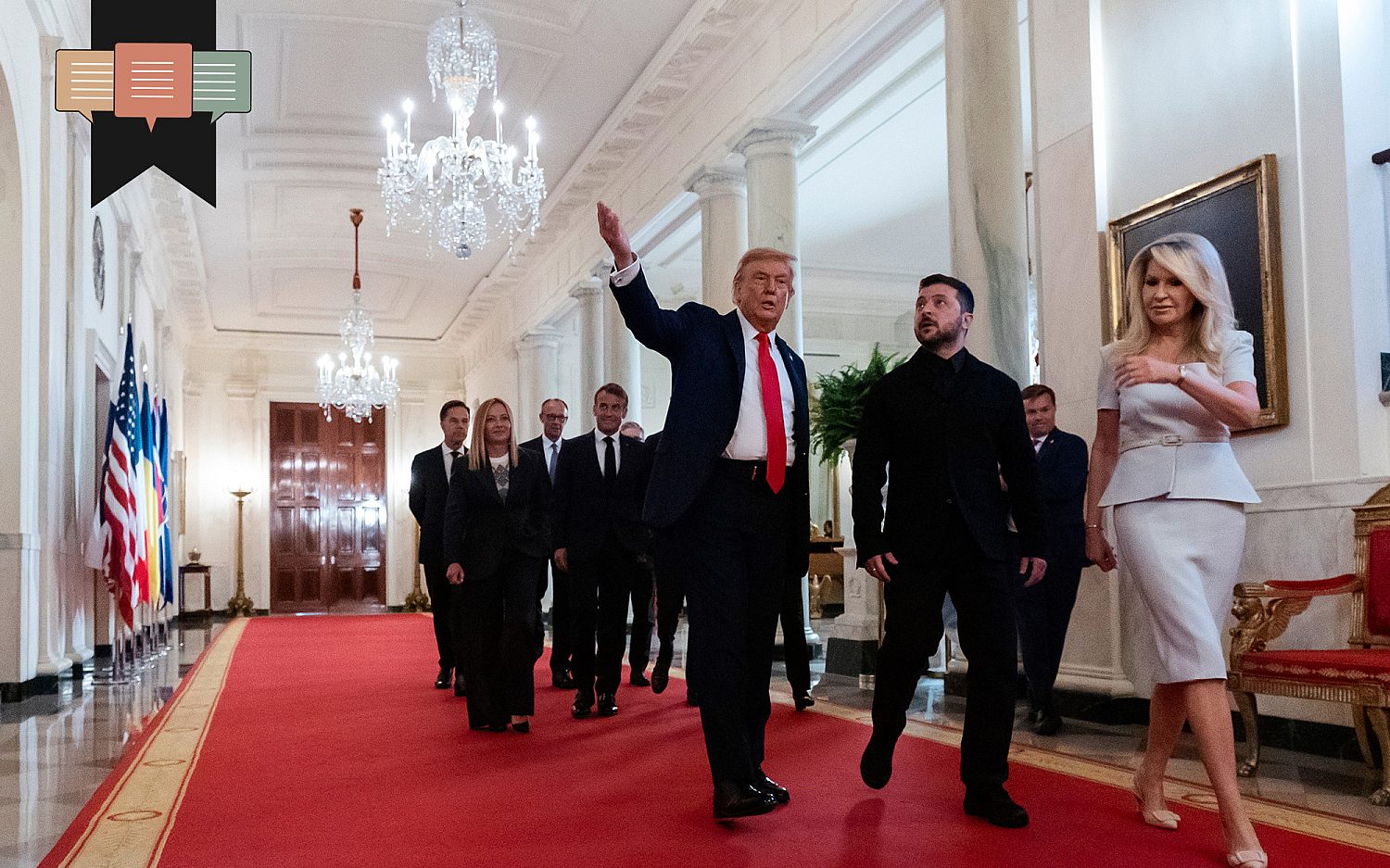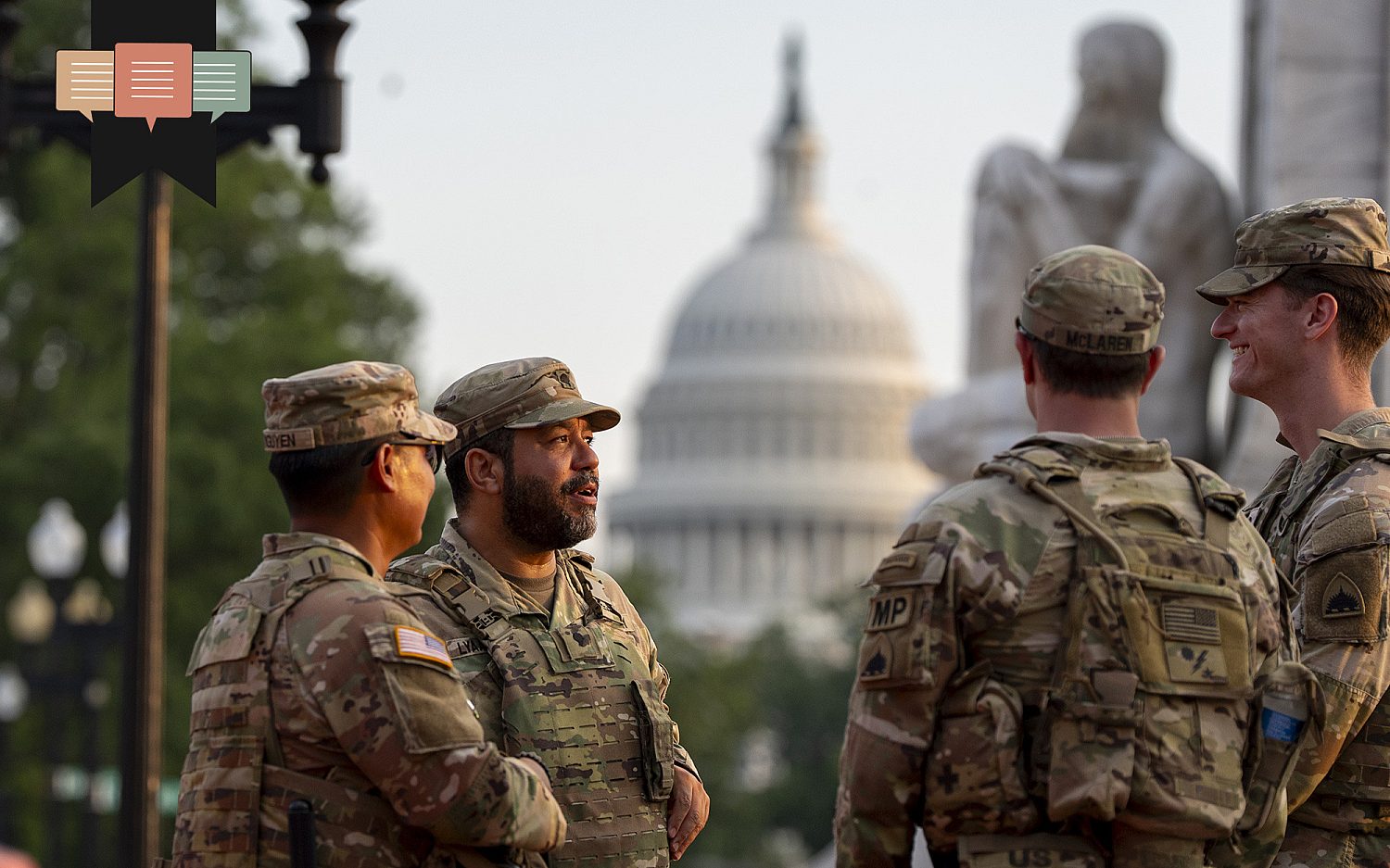A revealing Muslim rally
The march in Dearborn provides a window into Islamic identity and influence
Imam Husham Al-Husainy, leader of the Arbaeen march, in Dearborn, Mich., 2004 Associated Press / Photo by Carlos Osorio

Full access isn’t far.
We can’t release more of our sound journalism without a subscription, but we can make it easy for you to come aboard.
Get started for as low as $3.99 per month.
Current WORLD subscribers can log in to access content. Just go to "SIGN IN" at the top right.
LET'S GOAlready a member? Sign in.
On Saturday, thousands of Shiite Muslims in Dearborn, Mich., marched from the Karbalaa Islamic Education Center to Ford Woods Park to observe Arbaeen, a significant religious holiday. Arbaeen, meaning “the fortieth day,” commemorates the martyrdom of Imam Hussein—the third Shiite Imam, meaning spiritual and political leader—who was also the grandson of Islam’s prophet Muhammad. Imam Hussein was killed in the Battle of Karbala in A.D. 680 by fellow Muslims—a detail rarely addressed by Muslim clerics, especially when they seek to use Hussein's story as propaganda for justice against non-Muslims.
This event, rooted in Shiite tradition, is a religious observance, marked by rituals like chest-beating, cheek-slapping, and, in some Muslim-majority regions, the controversial practice of self-flagellation to express mourning and sanctify devotion to Hussein’s sacrifice. Sometimes, the blood shed during these rituals covers streets and roads, creating a graphic and disturbing scene. While such bloodletting is rare in Western countries due to cultural and legal norms, milder practices are common, such as chest-beating and the wearing of black clothing by men and women, and the wailing by women.
The sight of thousands of Shiite Muslims dressed in black, chanting in Arabic “Labaik Ya Hussein” (“Here I am, O Hussein”) and “Free Palestine,” understandably unsettled many Americans.
The march, led by Husham Al-Husainy, the Shiite leader of the Islamic center, included congregational prayers and slogans linking Imam Hussein’s martyrdom to modern conflicts—particularly the Israel-Hamas war—framing it as a “march for justice.” Yet, no mention was made of suffering Muslims in places like Sudan, Yemen, or China, raising questions about the event’s selective politicization. This is evident in how Al-Husainy claimed, “The whole world needs the meaning of the movement of Imam Hussein,” referring to Hussein’s stand against “an unjust ruler.” However, the historical context of Karbala—a massacre carried out by Muslims themselves—is often overshadowed by contemporary propaganda.
This procession highlights Islam’s complex identity as not merely a religion but also a cultural identity and nationalistic force—often highlighted by signs of hegemony and power.
What does this event reveal about Muslim integration in Western societies and their cultural influence in America?
At its core, the event is primarily a Shiite religious observance rather than a national controversy. However, Muslims are by default inclined toward advancing political causes and emphasizing the religious hegemony of Islam, especially in non-Muslim lands. Muslims favor such expressions as they assert their unique Islamic identity among those who do not share their views. This march emphasized overtly religious Shiite rituals—all of which are foreign to many Americans. This unfamiliarity can easily lead to discomfort or confusion.
Still, the most troubling aspect of the event lies in its overt political messaging.
The explicit support for Muslims in Gaza—through chants like “Free, free Palestine” and comparisons of Gaza to Karbala—is divisive, especially amid polarized opinions on the Israeli-Hamas conflict. Undoubtedly, the organizers intended to frame the march as a political rally rather than a purely religious commemoration, raising concerns about the event’s broader objectives.
Additionally, the scale and visibility of the march amplify its controversial nature. With thousands of participants and road closures, its prominence in Dearborn—a city with a large Muslim population—reinforces perceptions of a distinct cultural or religious enclave. Clearly, Muslims appear intent on asserting themselves as rightful possessors of this non-Muslim land. The event raises legitimate doubts about how willing many Muslims are to integrate into non-Muslim, particularly Western, societies.
While the event ostensibly seeks to promote community cohesion and foster solidarity among Shiite Muslims, it undeniably goes beyond that. It is presented as not only a religious or cultural expression but also an assertion of Muslim power and influence in the United States. Muslims view Muhammad as both a religious preacher and a war commander; therefore, separating politics from worship is not only difficult but contradictory. When Muslims are not yet a majority, their messaging frames events like these as aligned with universal principles of justice and civic participation. Once they gain significant majority influence, they seek to seize power and assert their Islamic worldview.
But Islamic propaganda only thrives in an atmosphere of ignorance.
The march’s references to Gaza and rhetoric about oppression—labeling Gaza as a “new Karbala”—rely heavily on the public’s lack of awareness about Islamic history. In the original event at Karbala, hundreds of thousands of Muslims were killed by other Muslims as they fought for power. While Muslims themselves killed the Shiite Imam at Karbala, that fact is largely lost in modern messaging, since few take the time to understand what history actually reveals. This is textbook Islamic propaganda: using emotionally charged imagery and narratives to influence public opinion or policy, particularly on contentious issues like U.S. foreign policy in the Middle East.
It reminds us that ignorance about Islam is dangerous to us all.
These daily articles have become part of my steady diet. —Barbara
Sign up to receive the WORLD Opinions email newsletter each weekday for sound commentary from trusted voices.Read the Latest from WORLD Opinions
R. Albert Mohler Jr. | It seems the nation’s assisted suicide regime just can’t kill people fast enough
Seth Troutt | A techno-futurist model for having babies is really a high-tech version of old and evil eugenics
Rebeccah L. Heinrichs | President Trump’s energetic push to end the war
R. Albert Mohler Jr. | The president has the right to act in D.C., but time is not on his side






Please wait while we load the latest comments...
Comments
Please register, subscribe, or log in to comment on this article.